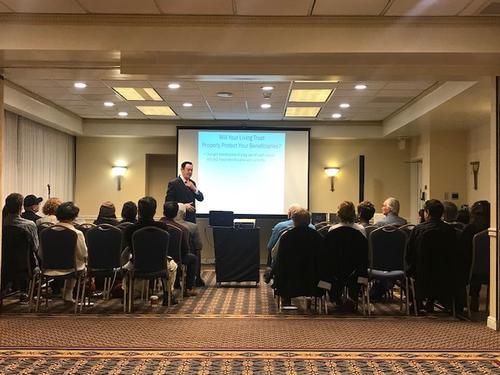The tool of choice, now as ever, is a trust fund. Indeed, trust funds have been used to keep assets safe for a younger beneficiary, but that historically meant until their legal maturity at age 18. More recently, however, with social changes as they are, trusts are being created to age 30 or beyond. Some trusts are rather specific in their terms, too. For example, trusts terms may specifically provide for college expenses, the first house, the first child, and other life milestones.
So, are plans that keep the whole distribution process at a low, slow boil the way to go?
They are not without their disadvantages, especially for those who do not want to “rule from the grave” or those who resent being “ruled from the grave.”
In the end, every family and every generation is different. Ask yourself: which strategy is most appropriate for your heirs, assets, and plans? It’s an important angle to review.













